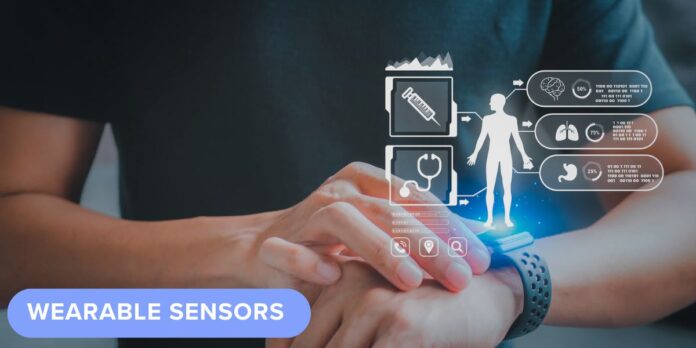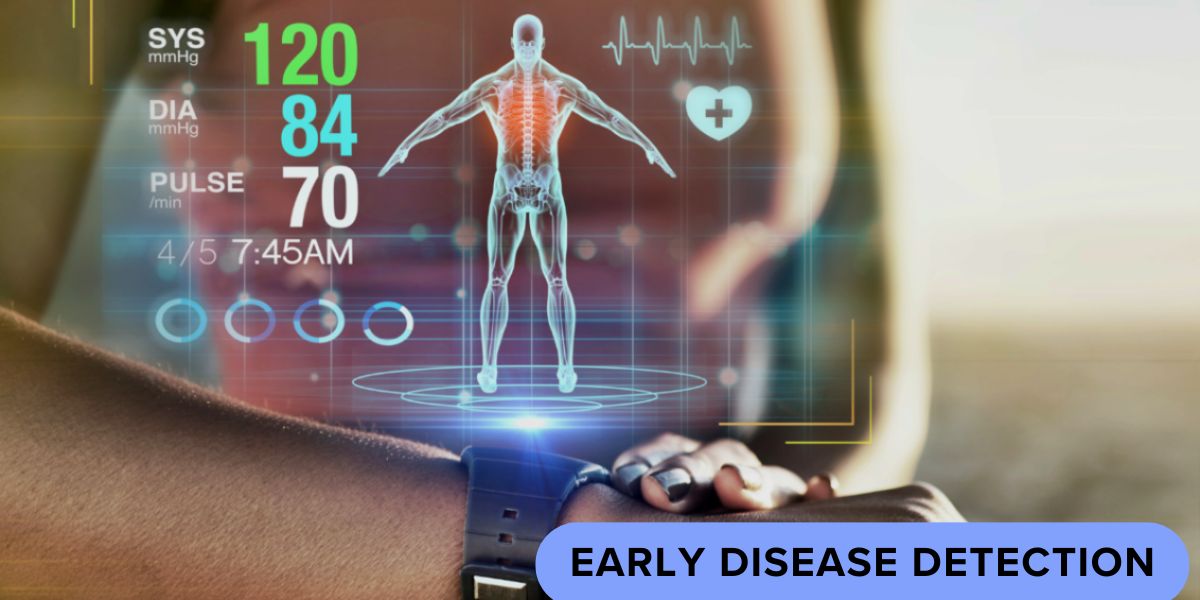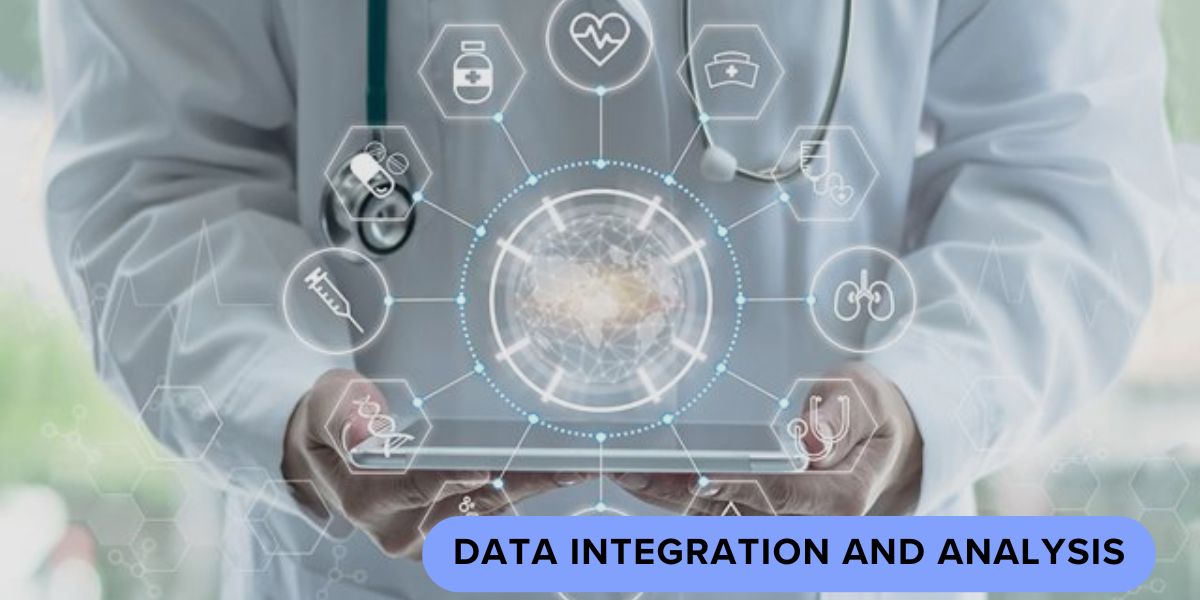Wearable sensors are rapidly transforming the landscape of health diagnostics, enabling continuous health monitoring, early disease detection, and personalized healthcare. These small, often discreet devices are embedded in wearables. Watches, fitness bands, or even clothing, collecting real-time data on various health metrics. From tracking heart rate and blood pressure to monitoring glucose levels, wearable sensors are ushering in a new era of healthcare that prioritizes prevention and patient engagement. In this article, we’ll explore how wearable sensors are transforming health diagnostics, their applications, benefits, and the potential challenges they face.
Real-Time Health Monitoring
One of the most significant ways in which wearable sensors are transforming health diagnostics is through real-time monitoring. Traditional health assessments typically involve periodic doctor visits. Where a single snapshot of health metrics like blood pressure or cholesterol levels is taken. Wearable sensors, however, offer continuous monitoring, providing a more comprehensive view of an individual’s health.
- Heart rate monitoring: Wearable sensors can track heart rate 24/7, offering insights into cardiovascular health that might otherwise go unnoticed. This constant monitoring can detect irregularities, such as arrhythmias, that may indicate underlying heart conditions.
- Sleep tracking: Many wearable devices monitor sleep patterns, helping users understand the quality of their sleep and detect disorders like sleep apnea. This data can be shared with healthcare providers to guide treatment.
- Physical activity: Fitness trackers equipped with sensors help users monitor their physical activity levels, encouraging them to stay active and maintain a healthy lifestyle.
This ability to collect continuous data can lead to earlier detection of health issues, better disease management, and more informed decision-making for both patients and healthcare providers.
Early Disease Detection
Wearable sensor are becoming invaluable tools for early disease detection, allowing individuals to catch potential health issues before they become serious. By continuously monitoring key health indicators, these devices can detect small changes that may signify the onset of a disease.
- Glucose monitoring for diabetes: Continuous glucose monitors (CGMs) allow individuals with diabetes to track their blood sugar levels in real time. This technology helps users avoid dangerous highs and lows by providing alerts when their levels are out of range.
- ECG monitoring for heart conditions: Some wearable sensors are equipped with electrocardiogram (ECG) capabilities.t enabling them to detect irregular heart rhythms that could signal conditions such as atrial fibrillation (AFib). Early detection of AFib can help prevent more serious complications, such as strokes.
- Blood pressure tracking: Wearable sensor that monitor blood pressure can help users identify patterns of hypertension or hypotension, allowing them to seek medical intervention before a crisis occurs.
These early alerts can lead to proactive healthcare, allowing patients to take steps to mitigate potential health risks.
Remote Patient Monitoring
Another transformative application of wearable sensors in health diagnostics is remote patient monitoring. For individuals with chronic conditions or those recovering from surgery, wearable sensors allow for constant health tracking without requiring frequent hospital visits.
- Chronic disease management: Patients with conditions such as heart disease, diabetes, or chronic obstructive pulmonary disease (COPD) can use wearable sensors to transmit data to their healthcare providers. This real-time monitoring allows doctors to adjust treatment plans remotely, reducing the need for in-person visits.
- Post-surgical recovery: Wearable sensor can track a patient’s recovery after surgery by monitoring vital signs like heart rate, oxygen levels, and movement. If the sensors detect any abnormalities. Such as increased heart rate or decreased oxygen levels, the healthcare team can intervene quickly, potentially preventing complications.
- Elderly care: Wearable sensors are particularly beneficial for elderly individuals who may be at risk of falls or other health emergencies. These devices can send alerts to caregivers or healthcare professionals if the wearer experiences a fall, enabling faster response times.
Remote patient monitoring enhances patient care, reduces hospital readmissions, and alleviates the burden on healthcare systems.
Personalized Healthcare
Wearable sensors are contributing to the rise of personalized healthcare by providing individualized data that can guide tailored treatment plans. This shift toward precision medicine focuses on creating health solutions that are customized to each patient’s unique needs.
- Customized fitness and wellness plans: Fitness trackers and smartwatches equipped with sensors can analyze a user’s activity levels, sleep patterns, and heart rate to recommend personalized exercise routines and wellness plans.
- Medication adherence: Some wearable sensors are designed to remind users to take their medications and can monitor whether a dose has been missed. This feature is especially valuable for individuals managing chronic conditions that require strict medication adherence.
- Targeted interventions: By tracking various physiological metrics, wearable sensors can help doctors develop more targeted treatment plans. For example, data from wearable blood pressure monitors can help healthcare providers adjust medications or suggest lifestyle changes more effectively.
Personalized healthcare leads to better outcomes and improves the overall quality of life for patients.
Data Integration and Analysis
One of the most significant innovations in wearable sensor technology is its integration with data analytics and artificial intelligence (AI).
- Health apps and platforms: Most wearable sensors are linked to apps or cloud platforms where the collected data is stored and analyzed. These platforms provide users and healthcare providers with easy-to-understand reports on health trends and potential risks.
- AI and predictive analytics: AI-driven algorithms can analyze data from wearable sensors to predict potential health issues. For example, by analyzing patterns in heart rate variability and sleep data. AI can predict the likelihood of developing cardiovascular problems, allowing for preventive measures.
- Data sharing with healthcare providers: Wearable sensors enable users to share their data seamlessly with healthcare professionals. This constant flow of information helps doctors make more informed decisions, adjust treatment plans in real time, and provide more accurate diagnoses.
This fusion of wearable sensors and AI has the potential to revolutionize health diagnostics by offering predictive insights that were previously unimaginable.
Challenges and Limitations
Despite their many benefits, wearable sensors face several challenges and limitations.
- Accuracy concerns: Not all wearable sensors provide highly accurate data, particularly when used in non-clinical settings. Inaccurate readings can lead to misdiagnosis or incorrect health decisions.
- Data privacy: Wearable sensors collect sensitive health data, raising concerns about data security and privacy. Ensuring that this information is stored securely and only shared with authorized parties is critical to maintaining user trust.
- Accessibility: While wearable sensors are becoming more affordable. They are still out of reach for many individuals, particularly in underserved communities. Addressing this disparity will be essential for ensuring that everyone can benefit from this technology.
Conclusion
Wearable sensors are transforming health diagnostics in numerous ways, from real-time health monitoring to early disease detection, remote patient care, and personalized healthcare. Despite the challenges, the potential benefits of wearable technology are vast, with the integration of AI. The data analytics paving the way for more accurate, predictive healthcare. As wearable sensors become more sophisticated and accessible, they will play an increasingly vital role in improving health outcomes and reshaping the future of diagnostics.




